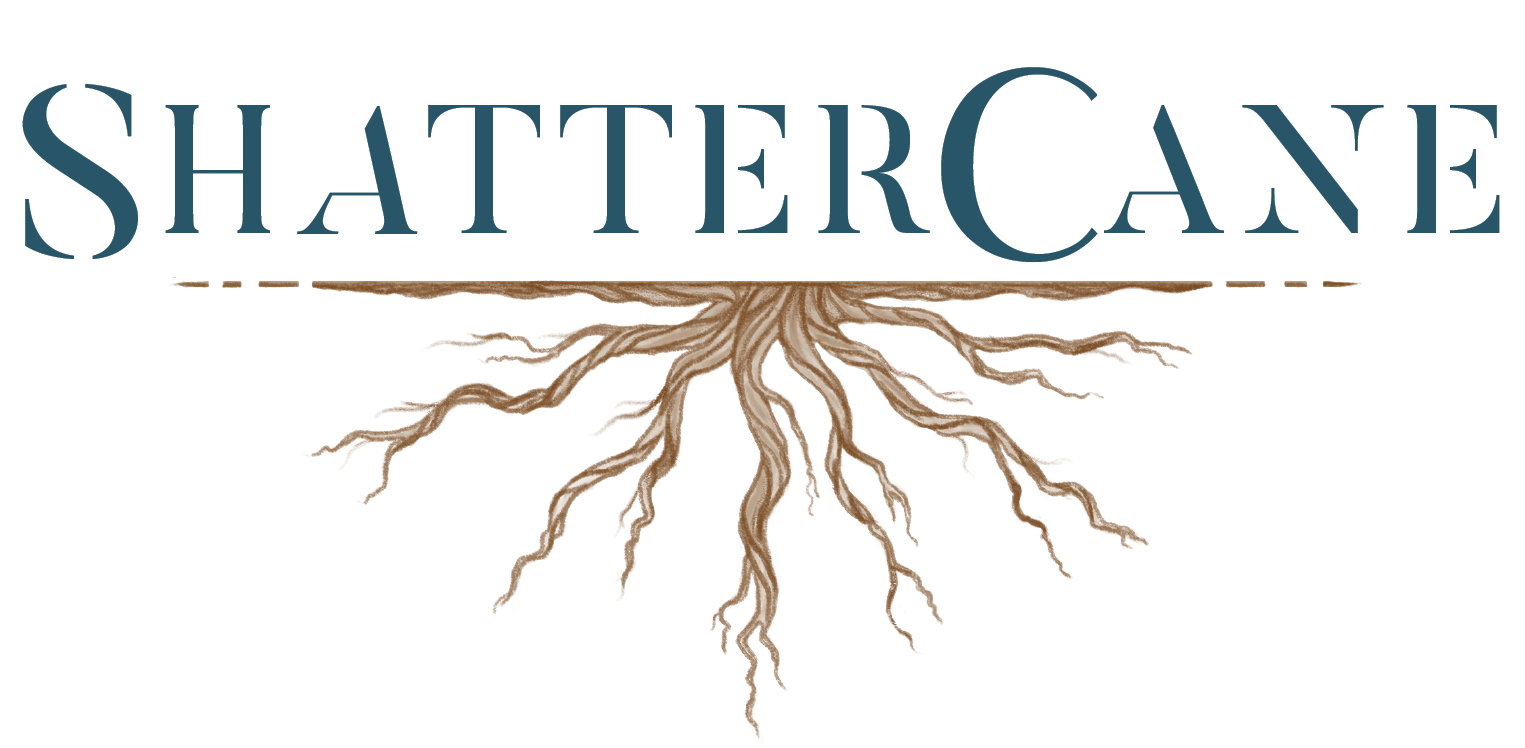The World Around Us
Terroir is only one part of the basic makeup of each and every wine, though to some it is everything. The different types of grapes and production methods used in winemaking play a large part in the taste of wine, but the environmental factors of soil, climate and geography show that terroir has considerable influence, as well. Soil composition, as well as its temperature stability and drainage determine where a winemaker plants certain grapes as opposed to other areas in the vineyard. Climate includes the elements of the sun, rain, wind and temperature of a wine region or even just a specific vineyard. These elements influence the grape varieties a winemaker plants. Geography includes the physical features of a vineyard’s location, such as the presence of mountains, valleys or bodies of water. These features in turn have a profound effect on soil and climate elements.
No two vineyards will have the same combination of these factors, making each bottling unique to a particular vineyard. This concept of terroir is the basis which European winemakers use to name wines after the place they come from. They believe it to be the most accurate way to name a wine, denoting where the grapes were grown to emphasize the unique attributes of the wine’s terroir. The wines of the Burgundy, Bordeaux and Rhone regions in France are well-known examples of terroir’s influence, each region producing wines that are truly unique to the area they are grown in.

